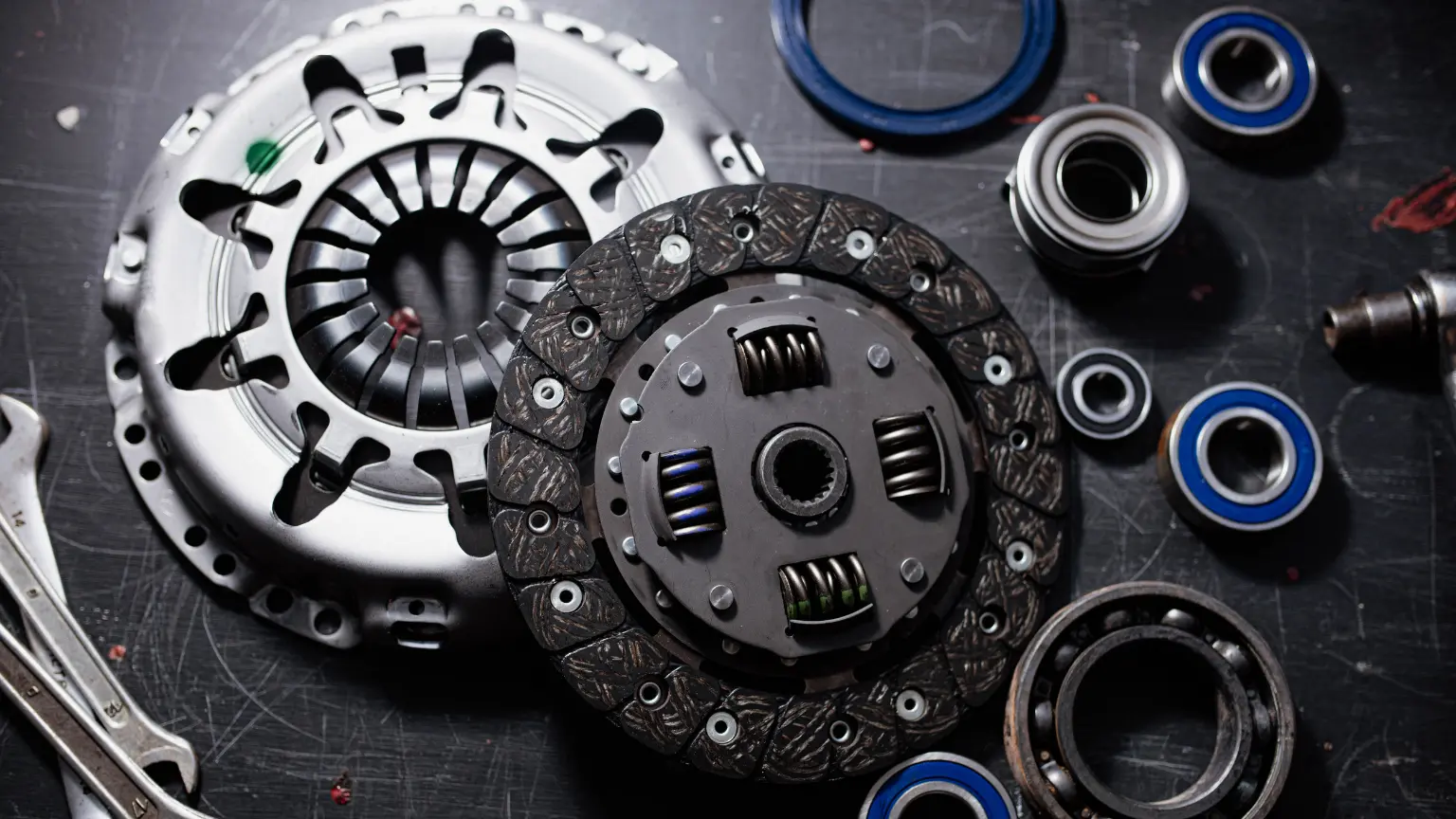Comparing Dual-Clutch Transmissions to CVTs: Advantages and Disadvantages
Explore Dual-Clutch (DCT) vs Continuously Variable (CVT) transmissions: how they work, performance vs. efficiency, maintenance needs, common issues, and cost-benefit to guide your choice.
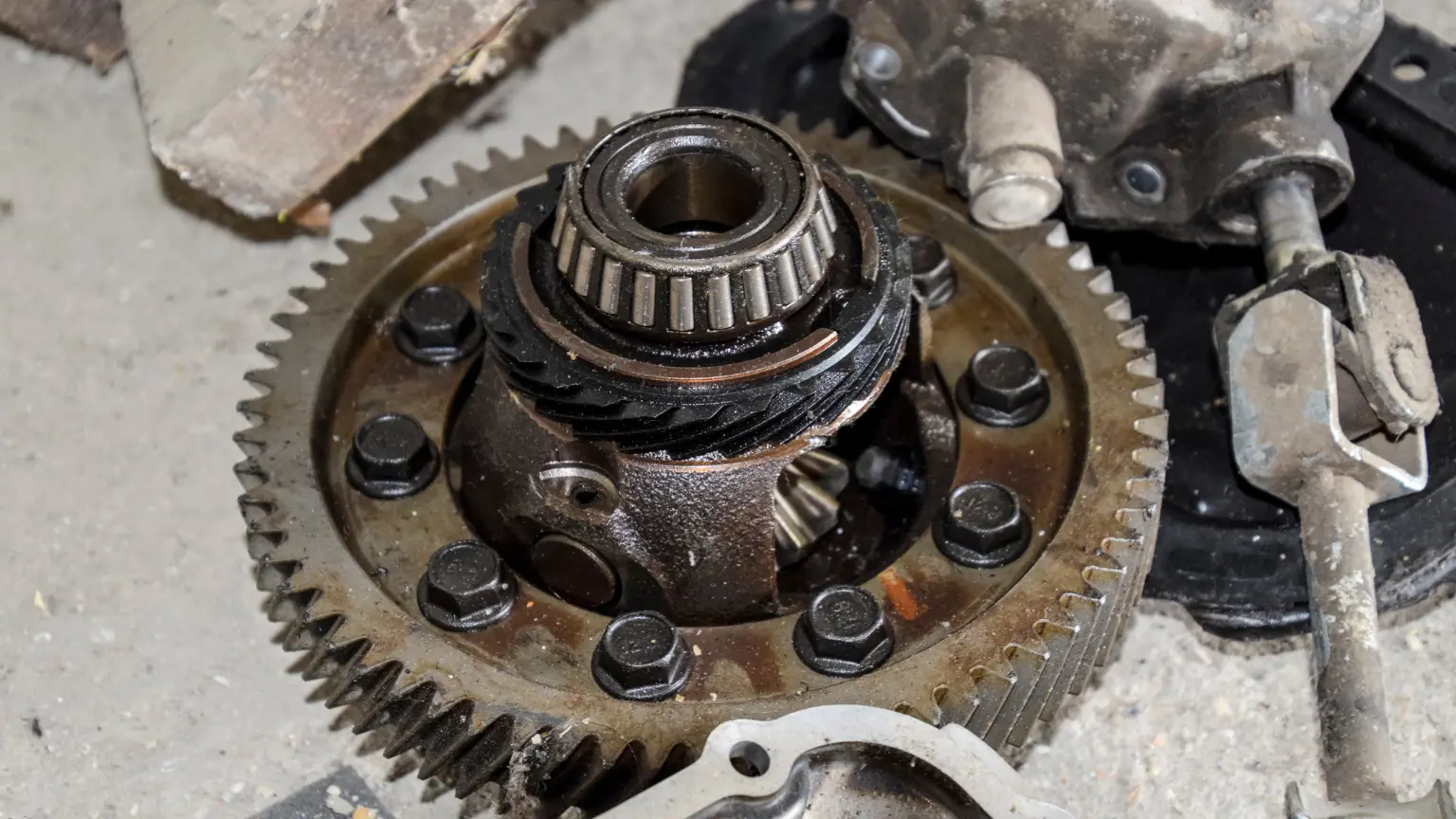
In the world of automobiles, the choice of transmission plays a pivotal role in defining a vehicle's performance, efficiency, and driving experience. Transmission types have evolved over the years, leading to innovations that cater to a range of driving preferences and conditions. In this blog post, we'll delve into the specifics of two popular transmission systems: Dual-Clutch Transmissions (DCTs) and Continuously Variable Transmissions (CVTs). Understanding these technologies is crucial for anyone interested in automotive mechanics or those planning to purchase a new vehicle.
Advantages and Disadvantages
One must look at a balanced overview of the main pros and cons of DCT and CVT transmissions, summarizing their respective strengths and weaknesses. When comparing dual-clutch transmissions (DCTs) and continuously variable transmissions (CVTs), each offers distinct strengths and weaknesses. The choice depends on whether you prioritize driving excitement or everyday comfort and efficiency.
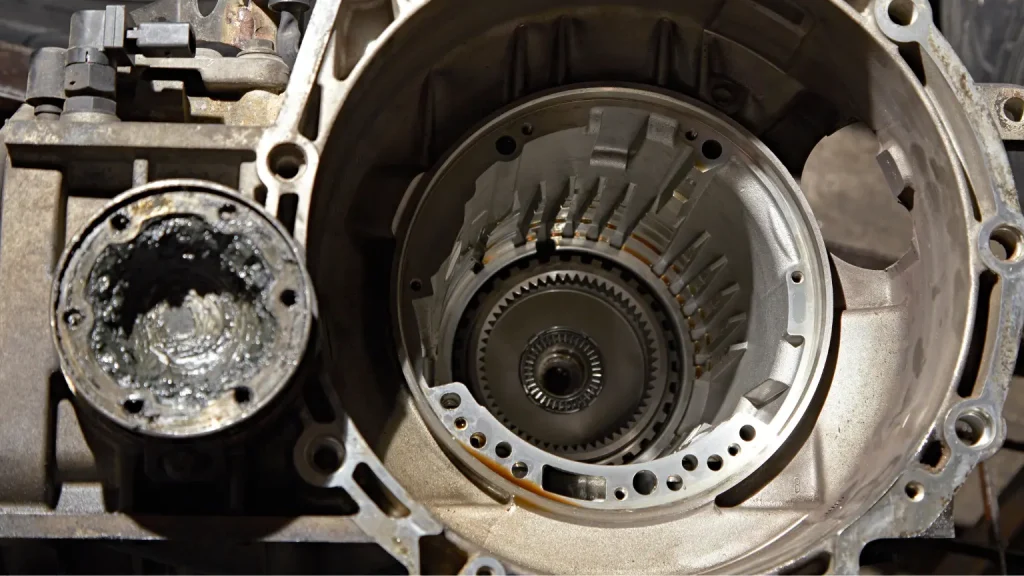
How DCT and CVT Transmissions Work: Core Principles and Mechanisms
To truly appreciate the differences between dual-clutch transmissions (DCT) and continuously variable transmissions (CVT), it’s essential to understand how each system operates at a fundamental level. Both are advanced alternatives to traditional automatic and manual gearboxes, yet they approach the task of transmitting engine power to the wheels in fundamentally different ways, resulting in unique driving characteristics and mechanical behaviors.
A dual-clutch transmission (DCT) is, in essence, an automated manual transmission that utilizes two separate clutches, one for the odd-numbered gears and another for the even-numbered gears. These clutches are managed electronically and work in tandem to pre-select the next gear while the current gear is still engaged. As you accelerate, for example, the DCT’s control unit anticipates the next shift: while one clutch is transmitting power in first gear, the second clutch has already engaged second gear, ready for a seamless transition. When it’s time to shift, the system simply swaps which clutch is transmitting power, resulting in an almost instantaneous gear change with minimal interruption to power delivery. This design enables exceptionally fast and smooth shifting, often measured in milliseconds, and is why DCTs are favored in performance-oriented vehicles where rapid acceleration and precise control are paramount. The absence of a traditional torque converter also means more direct mechanical engagement between the engine and the wheels, enhancing efficiency and responsiveness. DCTs can operate in fully automatic mode or allow manual gear selection via paddle shifters or a gear lever, offering a blend of convenience and driver engagement.
In contrast, a continuously variable transmission (CVT) takes a radically different approach by eliminating fixed gear ratios altogether. Instead of shifting between discrete gears, a CVT uses a system of two variable-diameter pulleys connected by a high-strength steel belt or chain. One pulley is linked to the engine, while the other transmits power to the drive wheels. By continuously adjusting the width of each pulley, the CVT can vary the effective gear ratio seamlessly across an infinite range. This allows the engine to maintain its most efficient or powerful RPM regardless of vehicle speed, resulting in smooth, uninterrupted acceleration and optimal fuel efficiency. There are no perceptible gear shifts, and the driving experience is characterized by a consistent rise in speed without the “stepping” sensation of traditional transmissions. This makes CVTs particularly well-suited to city driving, hybrids, and vehicles where smoothness and efficiency are prioritized. While traditional CVTs use belts and pulleys, some advanced designs may employ chains or even toroidal systems, but the core principle remains the same: continuous, stepless adjustment of gear ratios to match driving demands. DCTs and CVTs represent two distinct philosophies in transmission engineering. DCTs deliver rapid, precise gear changes through dual-clutch mechanisms that pre-select gears for minimal power loss and maximum performance, while CVTs offer a stepless, smooth driving experience by continuously varying gear ratios for efficiency and comfort. Comprehending these operational differences is crucial for drivers seeking the right balance of performance, efficiency, and driving feel in their next vehicle.
Gear Shifting Mechanisms
DCTs use a sophisticated dual-clutch system that operates two separate gearsets simultaneously, enabling faster, more precise gear shifts. This mechanism is designed to switch gears almost instantaneously, providing a dynamic driving experience. Conversely, CVTs use a belt-driven system, which adjusts seamlessly across a continuous range of gear ratios. This design difference means CVTs can adapt instantly to changing driving conditions, offering smooth, consistent power delivery without the perceptible shifts of DCTs.
Performance vs. Efficiency
DCTs are generally preferred in sports and performance-oriented vehicles due to their ability to shift quickly and minimize power interruptions, enhancing acceleration and responsiveness. CVTs shine in scenarios where fuel efficiency is paramount. The ability of a CVT to operate at optimal engine speed regardless of vehicle speed maximizes fuel economy, making it ideal for daily driving and reducing overall transmission service costs.
Driving Experience
The driving experience offered by DCTs is often described as sportier due to the rapid shifts and direct engagement, akin to a manual transmission. This can be particularly exhilarating for driving enthusiasts who crave a dynamic interaction with their vehicle. CVTs, on the other hand, offer a smoother ride with seamless shifts, making daily commuting more comfortable and less abrupt. It makes CVTs a favorable option in compact cars and hybrids, where comfort and efficiency are more desirable than sporty performance. There are differences in driving performance between DCT and CVT, including acceleration, responsiveness, and suitability for various driving conditions.
Advantages of Dual-Clutch Transmissions (DCTs)
Enhanced Performance
The benefits of dual-clutch transmissions are particularly evident in high-performance vehicles. These transmissions can handle higher torque loads effectively, a feature that is essential for sports cars and other high-powered vehicles. DCTs provide a more direct connection between the engine and the transmission, minimizing the power loss typically seen in conventional automatics and maximizing engine efficiency and performance.
Better Control and Responsiveness
The design of DCTs offers drivers enhanced control over their vehicles, making it possible to manage power output and acceleration with greater precision. This increased control is particularly beneficial in situations that require quick speed adjustments, such as overtaking or merging on highways. The instantaneous response provided by DCT transmission systems ensures that the vehicle reacts as quickly as the driver commands, providing a satisfying and responsive driving experience.
Ideal for Enthusiasts and Sports Cars
Sports car enthusiasts often prefer DCTs because they combine the convenience of an automatic transmission with the engagement of a manual transmission. This makes DCTs especially appealing to those who are passionate about driving dynamics and vehicle performance. As emphasized, the ability to quickly shift gears without manual input while still maintaining control over transmission behavior appeals to those who prioritize a dynamic driving experience.
Advantages of Continuously Variable Transmissions (CVTs)
Less Stress on the Engine
Because CVTs can adjust to the most efficient engine speed without the harsh shifts of gears, they reduce the stress and wear on the engine. This smoother operation can lead to longer engine life and less frequent need for transmission maintenance. Additionally, the ability to operate within a continuous range of gear ratios allows the vehicle to perform optimally under varied driving conditions without the engine having to work harder than necessary.
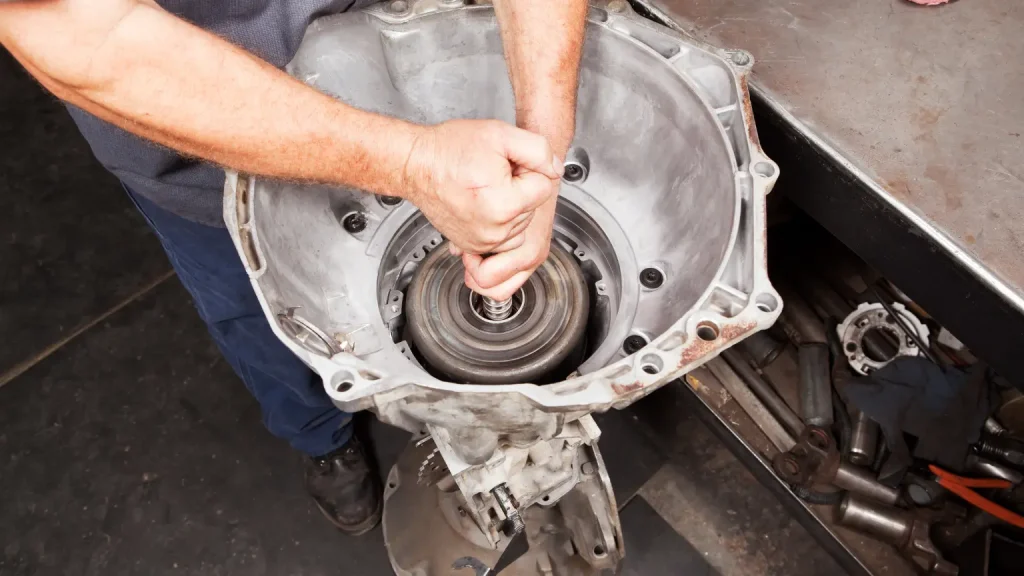
Common in Hybrids and Economy Vehicles
They are particularly popular in hybrid and economy vehicles, which benefit significantly from their ability to enhance fuel efficiency and operational smoothness. In hybrids, CVTs complement the electric motor's characteristics by efficiently managing power delivery and maximizing the efficiency benefits of hybrid technology. Their widespread use in economy cars is due to their contribution to overall vehicle efficiency, affordability in rebuilding transmission service costs, and their ability to improve the drivability of lower-powered vehicles. That's how DCT and CVT transmissions impact fuel consumption and overall efficiency.
Common Transmission Issues and Maintenance
Typical reliability concerns, common issues, and maintenance requirements for both DCT and CVT systems.
DCT: Higher Service Costs and Clutch Wear
DCT systems are complex, and their repair can often be costly due to the sophisticated dual-clutch technology involved. The clutches and gearbox may wear over time, especially in high-performance applications where rapid shifting is common. This wear can lead to a need for premature transmission rebuild service if not regularly maintained and checked for issues such as clutch alignment and wear.
CVT: Belt Wear and Potential Transmission Failures
While CVTs are generally praised for their smoothness and efficiency, they do have vulnerabilities, particularly in the belt system used to change gear ratios. This belt can wear or break, resulting in costly repairs. The nature of CVTs can also make them prone to overheating under high-stress conditions, which further exacerbates wear and potential failures, highlighting the importance of regular transmission service.
Transmission Maintenance
Maintaining different types of vehicle transmissions involves a thorough understanding of their unique mechanisms and maintenance needs. These transmissions differ significantly in their design and functionality, which influences how they should be cared for to ensure optimal performance and longevity. Here’s a look at the key maintenance aspects of DCTs and CVTs:
- Regular Fluid Checks: For both DCTs and CVTs, the transmission fluid plays a pivotal role in cooling and lubricating moving parts. This fluid must maintain its integrity to prevent overheating and reduce friction, which can lead to mechanical breakdowns. Regularly scheduled checks and changes of the transmission fluid are essential. For DCTs, which engage different clutches for odd and even gear sets, maintaining the fluid's quality ensures smoother transitions and less wear on the gears. CVTs require equally vigilant monitoring of their fluid to ensure the belt or chain runs smoothly across the varying pulley sizes. Neglecting this maintenance can result in inefficient power transfer and increased fuel consumption, making fluid checks a critical routine for both types of transmissions.
- Software Updates: The complexity of modern DCTs often necessitates regular software updates to maintain the precision of gear shifts and the overall responsiveness of the transmission system. These updates ensure that the transmission's control unit can accurately manage the timing and engagement of clutches, optimizing performance and fuel efficiency. Similarly, CVTs benefit from software updates that help manage the tension of the transmission belt and adjust the gear ratios effectively. These updates are crucial for adapting to changes in driving conditions and wear patterns, thereby enhancing the transmission's durability and operation.
- Component Inspections: DCTs require detailed inspections of their clutches and gears. Because these components are subject to significant stress during operation, particularly in stop-and-go traffic or aggressive driving conditions, regular checks can identify wear before it leads to failure. In contrast, CVTs demand close examination of their belts and pulleys. As mentioned previously, the unique design of CVTs, which relies on a belt running through variable-diameter pulleys, is prone to slippage and wear if not properly maintained. Inspecting these parts for signs of degradation is essential to prevent performance issues and costly repairs.
- Avoiding Harsh Conditions: Both DCTs and CVTs are designed to handle a range of driving conditions, but they perform best when not subjected to extremes. This includes avoiding aggressive acceleration, high-load conditions, and environments that can lead to overheating. Driving moderately helps maintain the mechanical integrity of the transmission components and extends their lifespan. This practice is especially beneficial for these types of transmissions, which can be more sensitive to harsh driving habits than their traditional counterparts.
- Professional Diagnostics: Engaging a certified technician for routine diagnostic checks is vital for both DCTs and CVTs. These professionals can utilize specialized tools and software to assess the health of the transmission system. As discussed, early detection of potential issues can lead to timely interventions. A proactive approach minimizes the risk of major repairs and helps maintain the vehicle's performance and safety features.
Understanding and addressing the specific maintenance requirements of DCTs and CVTs can significantly influence the performance and durability of these advanced transmission systems. Regular maintenance not only prolongs the life of the vehicle but also ensures it remains reliable and efficient in its operation. Detailed attention to maintenance helps car owners avoid costly repairs and enjoy a smoother driving experience.
Cost Considerations
The purchase price, repair expenses, and long-term ownership costs associated with DCT and CVT transmissions.
Which Transmission Type Fits Your Budget?
When selecting the right transmission type for your budget, it's important to consider not just the upfront cost of the car, but also the long-term financial implications. The cost of maintaining or repairing a DCT can vary significantly depending on the vehicle's make and model, as well as the required service frequency. Even though DCTs are typically more reliable over shorter periods, they may require higher out-of-pocket expenses as they age, especially once the vehicle is out of warranty. While the initial cost may be similar to or slightly lower than that of DCT-equipped vehicles, CVTs have fewer moving parts, which can make them easier and less costly to maintain.
Choosing Based on Driving Habits and Preferences
Both transmission types have their distinct advantages and are better suited to different driving conditions. By evaluating factors like performance, efficiency, and comfort, you can make a more informed decision that aligns with your needs. Here's a guide to help you make the right choice:
- Driving Environment: Your typical driving environment should also play a significant role in your decision. DCTs perform best in high-speed scenarios, such as highway driving, where quick gear changes and responsive handling are crucial. The ability to accelerate quickly and maintain higher speeds without lag makes DCTs ideal for those who spend a lot of time on open roads. In contrast, CVTs are better suited for city driving, where frequent stops, starts, and variable speeds require a smoother, more adaptable transmission.
- Future Resale Value: When considering the long-term value of your vehicle, it's essential to think about how the transmission type might affect its future resale value. In markets where performance vehicles are in high demand, cars with DCTs tend to have a higher resale value due to their association with sportier, higher-end models. Enthusiasts and buyers looking for a performance vehicle may be willing to pay more for the quick-shifting, high-performance benefits of a DCT. On the other hand, vehicles with CVTs may appeal more in markets that prioritize fuel efficiency and economy, as these transmissions are known for reducing fuel consumption and maintenance costs over time. This can make CVTs a more attractive option for buyers focused on long-term savings and eco-friendly driving.
- Personal Comfort: Personal comfort and driving experience are subjective factors that can heavily influence your decision. It’s important to test drive vehicles with both DCT and CVT transmissions to get a feel for how each one handles in real-world conditions. DCTs may provide a more engaging, hands-on experience for drivers who enjoy feeling connected to their vehicle’s performance. CVTs offer a more relaxed, easy-going ride that may appeal to those looking for a low-maintenance, stress-free driving experience. How the vehicle responds to your driving style and preferences should be a critical part of your decision-making process.
Knowing how DCT and CVT transmissions affect the overall driving experience, including smoothness, control, and driver engagement, is vital. Whether you prioritize performance, fuel efficiency, or overall comfort, understanding the differences between DCTs and CVTs can help you make a well-informed choice that enhances your driving experience and suits your lifestyle.

The best transmission for you depends on how you drive, the conditions in which you typically operate your vehicle, and what you value most in your driving experience. If performance and driver engagement are at the top of your list, a DCT might be the right fit. If efficiency, comfort, and lower maintenance costs matter more, then a CVT may serve you better. Regardless of your choice, ensuring proper care and knowing how to rebuild a transmission if necessary will extend the life of either system, maximizing your investment and keeping your vehicle running smoothly. Schedule expert diagnostics or repair Trans Medic Transmissions today.
Follow a maintenance program
Ante gravida id aenean quis egestas risus nam amet nullam leo diam diam aliquam eu eu malesuada arcu rhoncus suspendisse nulla mattis ut amet sagittis in justo egestas.
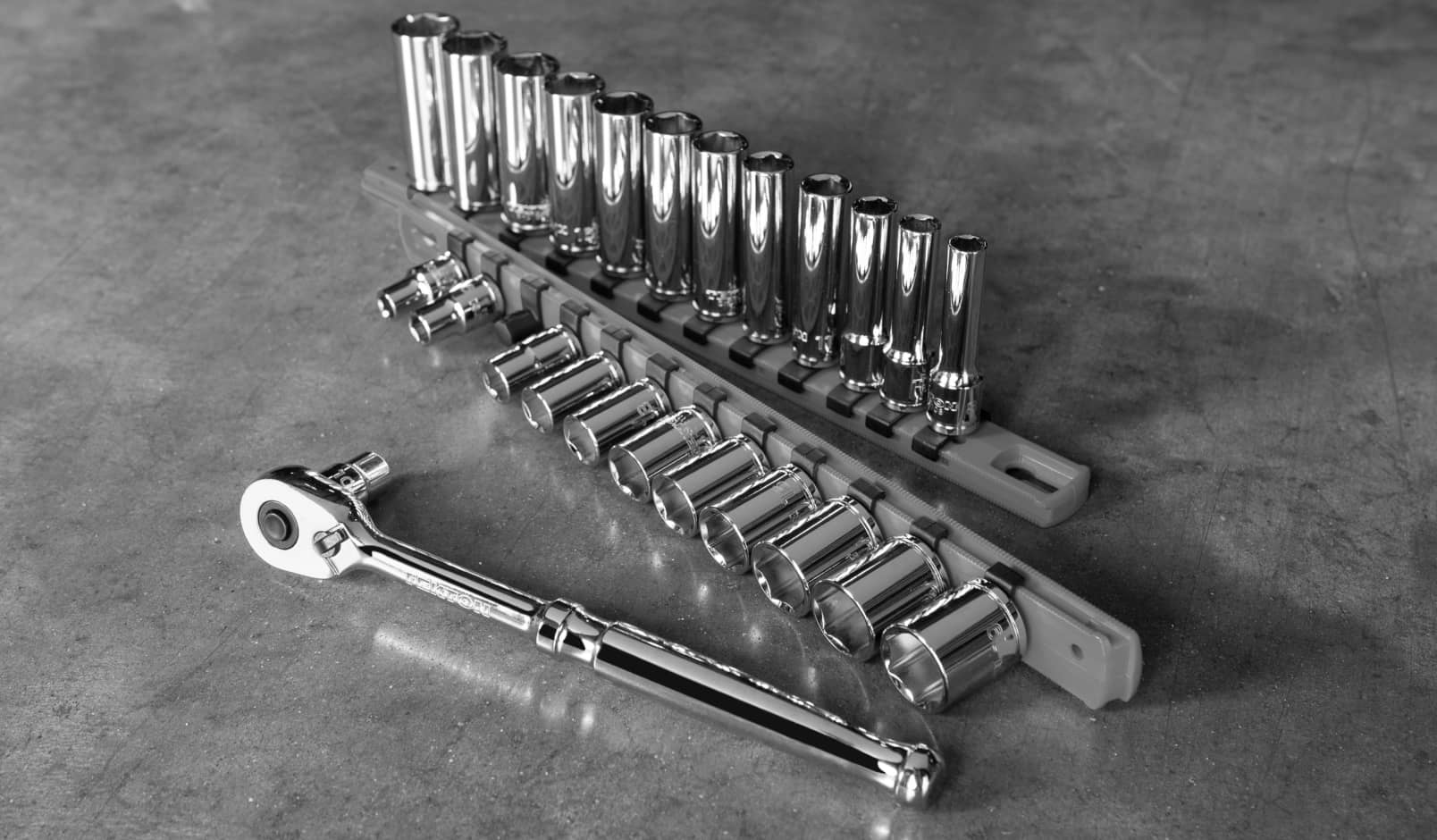
search for a trusted mechanic
Lorem ipsum dolor sit amet, consectetur adipiscing elit lobortis arcu enim urna adipiscing praesent velit viverra sit semper lorem eu cursus vel hendrerit elementum morbi curabitur etiam nibh justo, lorem aliquet donec sed sit mi dignissim at ante massa mattis.
- Neque sodales ut etiam sit amet nisl purus non tellus orci ac auctor
- Adipiscing elit ut aliquam purus sit amet viverra suspendisse potent
- Mauris commodo quis imperdiet massa tincidunt nunc pulvinar
- Excepteur sint occaecat cupidatat non proident sunt in culpa qui officia
Check the air pressure in your tires
Vitae congue eu consequat ac felis placerat vestibulum lectus mauris ultrices cursus sit amet dictum sit amet justo donec enim diam porttitor lacus luctus accumsan tortor posuere praesent tristique magna sit amet purus gravida quis blandit turpis.
Review your suspension frequently
At risus viverra adipiscing at in tellus integer feugiat nisl pretium fusce id velit ut tortor sagittis orci a scelerisque purus semper eget at lectus urna duis convallis. porta nibh venenatis cras sed felis eget neque laoreet suspendisse interdum consectetur libero id faucibus nisl donec pretium vulputate sapien nec sagittis aliquam nunc lobortis mattis aliquam faucibus purus in.
- Neque sodales ut etiam sit amet nisl purus non tellus orci ac auctor
- Adipiscing elit ut aliquam purus sit amet viverra suspendisse potent
- Mauris commodo quis imperdiet massa tincidunt nunc pulvinar
- Excepteur sint occaecat cupidatat non proident sunt in culpa qui officia
Service your vehicle as regularly as posible
At risus viverra adipiscing at in tellus integer feugiat nisl pretium fusce id velit ut tortor sagittis orci a scelerisque purus semper eget at lectus urna duis convallis. porta nibh venenatis cras sed felis eget neque laoreet suspendisse interdum consectetur libero id faucibus nisl donec pretium vulputate sapien nec sagittis aliquam nunc lobortis mattis aliquam faucibus purus in.
“Nisi quis eleifend quam adipiscing vitae aliquet bibendum enim facilisis gravida neque velit euismod in pellentesque”
Conclusion
Eget lorem dolor sed viverra ipsum nunc aliquet bibendum felis donec et odio pellentesque diam volutpat commodo sed egestas aliquam sem fringilla ut morbi tincidunt augue interdum velit euismod eu tincidunt tortor aliquam nulla facilisi aenean sed adipiscing diam donec adipiscing ut lectus arcu bibendum at varius vel pharetra nibh venenatis cras sed felis eget.


